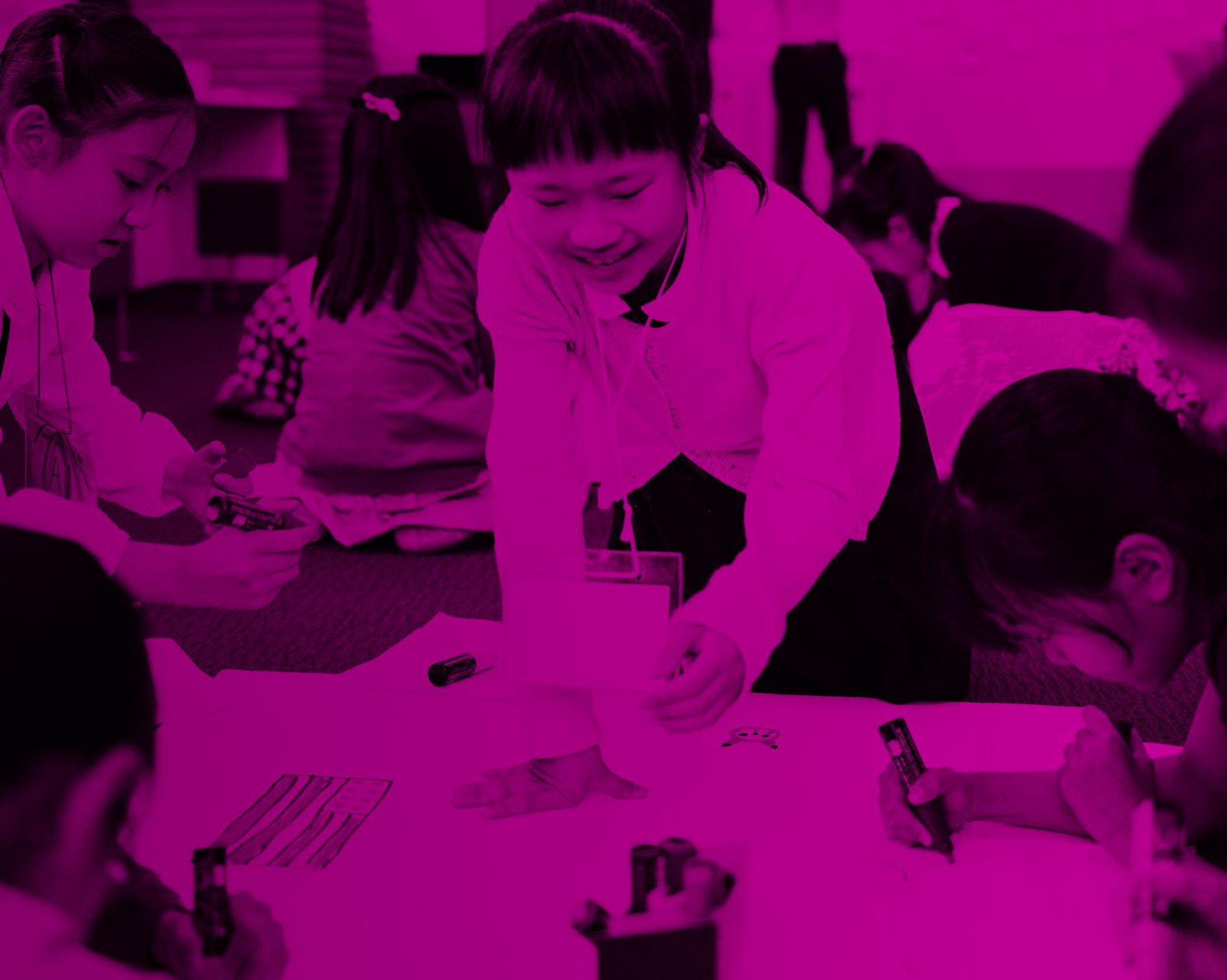Indian government schools struggle with single-teacher setups and low participation, leading to significant learning gaps. The Peer Teaching project was created to foster student agency, enabling active engagement, problem identification, and co-creation of solutions, ultimately improving academic outcomes, leadership, future readiness, and promoting student-centric education.
Our Peer Teaching model begins with selecting Student Champions—seniors or students who have mastered certain subjects. Each Champion is paired with 4-5 junior learners needing academic support. Throughout the year, Champions facilitate engaging sessions using Teaching Learning Materials (TLMs), activities, and games, fostering a collaborative learning environment.
Over the past four years, we have collected quantitative and qualitative evidence showing that Peer Teaching significantly enhances learning outcomes, boosts student ownership, and encourages a "learn to learn" mindset. We aim to scale this intervention to district and state levels through teacher training.
Our scaling theory follows a paradigm of Action, Behavior, Belief, and Mindset. Year 1 focuses on Action, providing teachers with straightforward modules for implementing peer-based pedagogies. As teachers repeatedly execute these modules, this leads to Behavior change. We work with educational systems to in schools.
Our Peer Teaching program has impacted approximately 500,000 students from grades 1-8 in government schools across Uttar Pradesh, Karnataka, and Bihar, in India. We partner with the District Education Officer and the District Institute for Education and Training (DIET) to design program and monitoring activities. Training sessions are conducted for Block Education Officers and mentoring cadres, who subsequently train Head Teachers and Teachers for effective implementation. Additionally, we provide digital resources, including micro-improvement projects via DIKSHA, guidebooks shared via WhatsApp, and demonstration videos on our YouTube channel, empowering teachers to integrate Peer Teaching effectively in their classrooms.
To implement the Peer Teaching model, start by identifying motivated students to act as Student Champions. Train them on effective mentoring techniques. Then, pair them with junior learners needing support. Use engaging teaching-learning materials and activities to facilitate sessions. Collaborate with teachers to institutionalize this approach in classrooms for sustainable impact.


